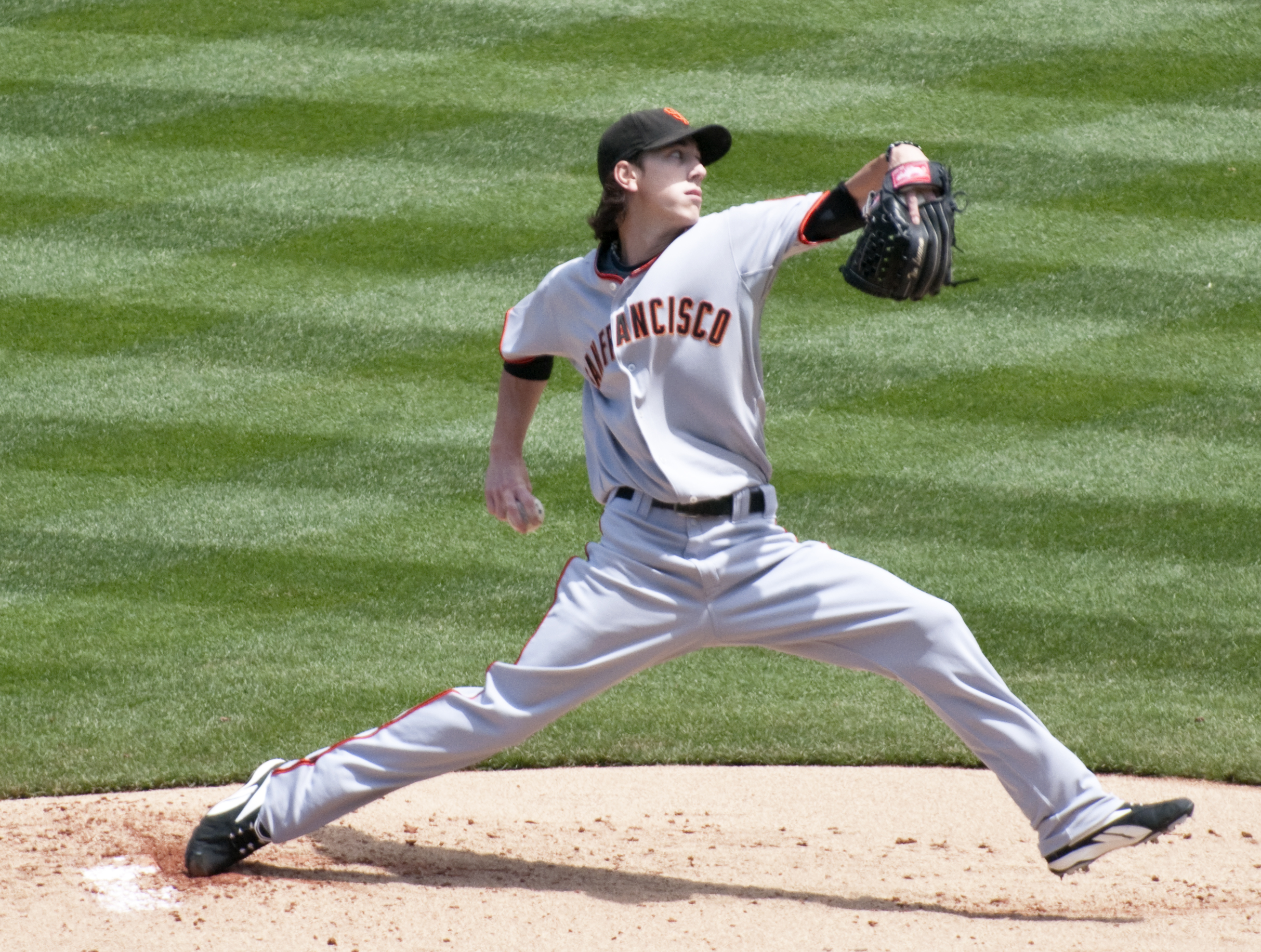Visits: 0
Ben Lindbergh from Baseball Prospectus released a piece on ESPN showcasing 10 players projected
to have comebacks in 2013 coming off of disappointing 2012 campaigns. The list is stacked with
players who either performed below what their peripherals suggested they should, have reasonable
sample sizes of minor league production/major league ability without the results, or players who have
showcased an ability to perform at a higher level previously. Some of the players listed may have had
all of those factors working against them, which leads to a lower showing in more traditional stats that
tell an incomplete story. There are plenty of other factors to consider when looking at the players listed
that can’t be told by looking at a spreadsheet, which is why I feel PECOTA is wrong on a couple specific
players.
Jon Lester, LHP, Boston Red Sox
Lester is coming off of a season where it seems like everything fell apart. He had health issues and it
was frequently reported that he dealt with mechanical issues for much of 2012. Interestingly enough,
Lester hasn’t shown a drop in velocity on any of his offerings. What does stand out to me is a change
in pitching philosophy, which is alarming because he had the same catcher in 2011 as he had in 2012.
Lester threw a significant fewer amount of fastballs & cutters, but more frequently worked his sinker/
2-seamer in along with a slight uptick in changeups. Although I don’t have access to the data, I noticed
that in 2012 Lester’s stuff lacked finish and looked rather flat. As a result, Lester posted the highest line
drive % of his career, up just over 6% from 2011. There’s a possibility the injury had a lot to do with this,
so he altered his approach. There’s also the possibility that hitters weren’t being fooled as often by the
cutter and he changed his approach to feature a more ground ball approach. His tERA (a pitching ERA
estimator that takes into account all batted ball types) was a full run higher than in 2011, which eludes
to hitters being able to drive the ball against him.
Either way, there was a significant change in Lester’s approach to hitters in 2012. It will be interesting
to see if he goes back to his previous approach under new manager and former pitching coach John
Farrell. After looking into the numbers, it seems fairly obvious that Lester will need to re-establish
the dominance with his cutter to keep hitters off balance and let his other pitches play up. If he is not
capable of doing this (or fails doing it), he may turn into a 4/5 starter rather than the 1 or 2 he was from
2009 -‘11.
Tim Lincecum, RHP, San Francisco Giants
Lincecum, once one of the most dominant pitchers in the game is also coming off of a nightmare-
ish 2012 where he was demoted to a bullpen/setup role for the Giants down the stretch. However
even though he failed as a starter, he had moderate success in the bullpen, which makes sense when
you consider the issues that led him to a pen role. Lincecum has always been a tiny guy with unique
mechanics. Although they’re unique, his delivery is actually pretty clean but it lacks the support of a
large frame and he slipped in the draft as a result of that frame.
Lincecum showed that he was much more prone to the long ball in 2012, where he posted a 45.9 GB%
and a 14.6 HR/FB%. Both career highs, with the HR/FB% being just under double his career norm.
Those type of numbers could be an aberration, but the more alarming and revealing numbers tell the
story that more astute Giants fans probably won’t be surprised to hear. Linecum’s fastball velocity
has been slipping since his rookie campaign at a steady rate. In 2009-2011 he hovered around 91-92,
but in 2012 the velocity dropped to 90.4, which is only a ~7MPH difference between his splitter (some
call it a changeup, but he uses a splitter grip, and it has splitter action). An ideal split in terms of MPH
between your hard and soft stuff is 10 MPH. Considering Lincecum’s somewhat deceptive delivery, it
is rather clear that hitters are not fooled by the velocity change anymore. When a splitter and fastball
start to move closer together in velocity, bad things happen and balls start to get hit pretty hard. There
is a significant difference between losing velocity separation on a fastball/slider combination because
they have different action. A splitter/changeup is intended to appear like a fastball and the movement/
velocity change is what gets hitters out in front.
Lindberg did note the velocity dip from Lincecum in his piece, but I am much more weary of Lincecum
who has pretty much relied on the strikeout his entire career. Lincecum no longer seems to have the
ability to do so in a starting role, where the strain on the body is higher. However, in a bullpen role he
has the ability to air it out and create that separation, which might explain why he was so effective in
the pen and helped the Giants win their second World Series in 3 years.
Most projection systems have Lincecum having a bounce back year, but again, projection systems are
limited in what they can offer and base most of their analysis off of a baseline previous performance.




You must be logged in to post a comment Login